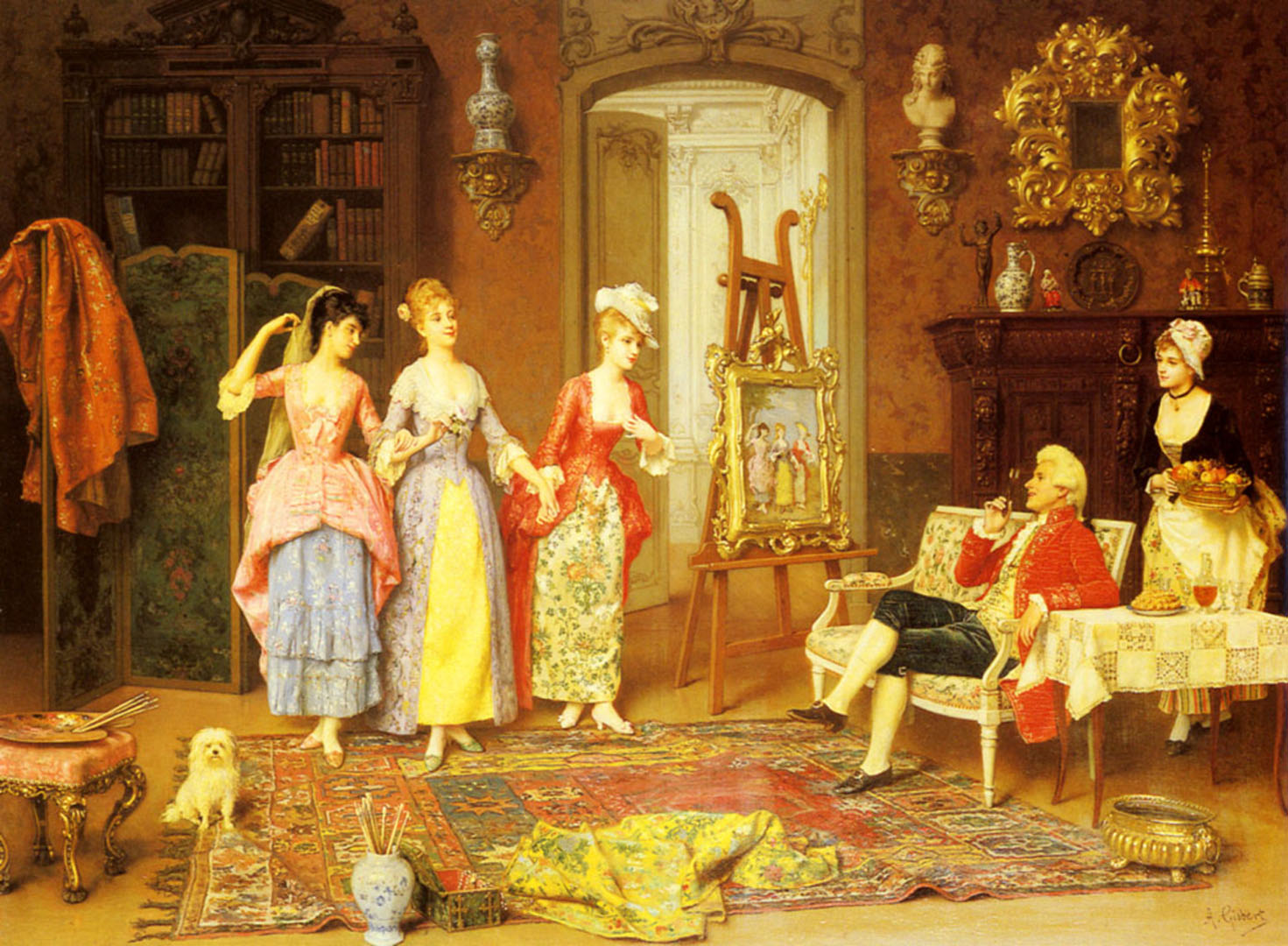

The head, turned to the right and bent down, suggests the figure may have been part of a group, perhaps with Eros (see: Head of Eros) holding a mirror. The figure originally leaned its weight on the right leg and drew the drapery, which covered the lower part of the body, over the left shoulder with the left hand. (See also: Head of Hypnos Head of Hygieia.) Earlier believed to be by Praxiteles (see also: Hermes and the Infant Dionysus Apollo Lykeios), it is rather a copy after a work by Scopas, having characteristic sloping shoulders, globe-shaped breasts, peculiar mouth and dilated nostrils, the ear slanting back with the lobe close to the head.

On base: height 66 cm, width 50 cm, depth 25 cm.įound badly mutilated in the amphitheatre at Capua, this sculpture is incorrectly named and more likely represents Aphrodite (see also:Aphrodite of Cnidos Aphrodite of Arles Aphrodite of Melos Aphrodite Anadyomene Crouching Aphrodite). Original has badly damaged torso to below the waist.

Marble replica with smoke damage making the surface yellowish. Head bent down and right, torso extending to solar plexis, top o f head sheared. Provenance of the original: the amphitheatre of Capua, Italy now in the National Museum, Naplesĭescription: Bust of a goddess. Sculpture became “hyperrealistic,” a term referring to the nigh-impossible exaggeration of twists, turns, and musculature apparent in the greatest works of Hellenistic art. Freestanding sculpture and reliefs continued to be admired, and artists pushed the detailing of anatomy, pose, clothing, and expression ever further. Hellenistic art can be defined by its intense emotional appeal and growing emphasis on individual character. They no longer regularly erected monuments to gods or rulers, but were more interested in art that was secular in nature, neither religious nor regal-art to adorn private homes as well as public space. Ancient Near Eastern and Egyptian creative traditions influenced the Classical conventions, producing the Hellenistic synthesis.īesides the reiteration of Greek public patronage, a considerable and growing number of the citizens of the Hellenistic world became clients and patrons of artists. However, each region quickly developed its own unique culture, a blend of local traditions with the ideals, beliefs and art of the Greeks. The kingdoms of the Hellenistic world were certainly nominally Greek, ruled by the descendants of Alexander’s generals-the Antigonids in Macedon and Greece, the Ptolemies in Egypt, the Seleucids in Syria and Mesopotamia, and the Attalids in Anatolia. A new Greek world sprang up in the wake of Alexander the Great’s conquests, expanded and prosperous, new in its political constitution and social structure.


 0 kommentar(er)
0 kommentar(er)
